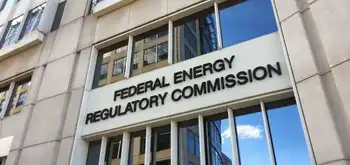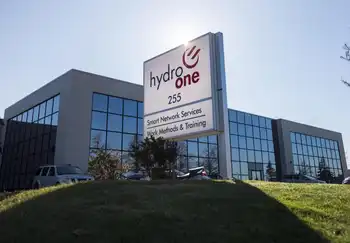SmarterRoof makes money, saves money
By Business Wire
NFPA 70e Training
Our customized live online or in‑person group training can be delivered to your staff at your location.

- Live Online
- 6 hours Instructor-led
- Group Training Available
SmarterRoofs incorporate a specially-designed, light color tile and Energy Star coating that reflect the sunÂ’s rays to keep building temperatures cooler, while rooftop solar panels capture that sunlight and transform it into free, clean, renewable energy to power the home or commercial buildings.
“We call it the ‘one-two’ punch because the SmarterRoof can reduce energy consumption while providing electricity generated by the sun,” said Jim Petersen, CEO of Petersen-Dean Roofing and Solar Systems. “We have seen an overwhelming level of demand for our SmarterRoofs as they’re helping to save you money from the first day they’re installed.”
On a summer day a typical roof can heat up to more than 170 degrees by absorbing heat from the sun, raising temperatures by as much as 30 degrees. Buildings with dark roofs that absorb the sun's rays also have higher operating costs and the roof deteriorates faster than one that reflects sunrays.
“Every home and building should have a ‘cool roof’ made of lighter, sun reflecting roofing materials to help reduce and reverse the impact of global warming,” said Bernadette Del Chiaro, clean energy advocate for Environment California. “What’s so promising about Petersen-Dean’s SmarterRoofs product is that it combines the cool roof concept with clean, renewable solar energy helping consumers protect both the environment and their pocketbooks.”
U.S. Energy Secretary Steven Chu has also pointed to the significant impact ‘cool roofs’ can have on global climate change. According to projections from the Lawrence Berkeley National Laboratory, white roofs and pavement could offset carbon dioxide by 24 billion tons or the equivalent impact of removing every car in the world off the road for 20 years.
By combining state-of-the-art solar energy, ranging from integrated and standard modules to thermal and thin film solar cells, along with reflective roofing technology for flat roofs, shingles, tiles and more, Petersen-Dean has found a way to make the solar energy work more efficiently. SmarterRoofs actually cost less to install, last up to 40 percent longer than their older roofing counter parts and ultimately offset electricity bills by up to 90 percent. And, in just five to seven years, the SmarterRoof will pay for itself.
In addition, the solar PV panels and environmentally-friendly materials make the SmarterRoof a green choice, and most of the roofing materials can also be recycled at the end of its life, significantly reducing the carbon footprint of a home now and for years to come.











